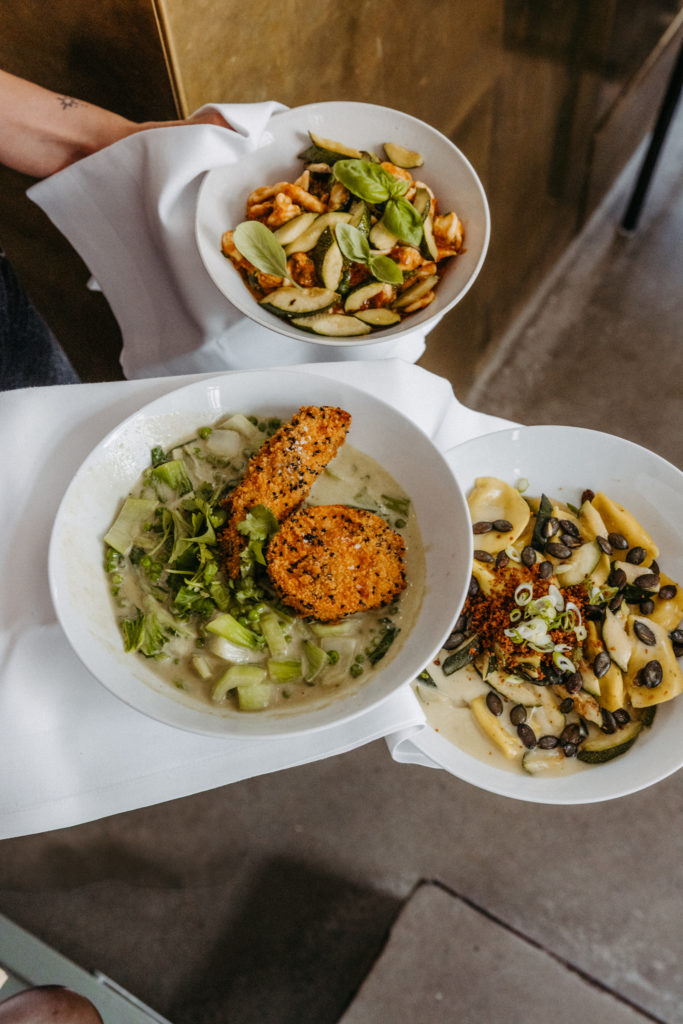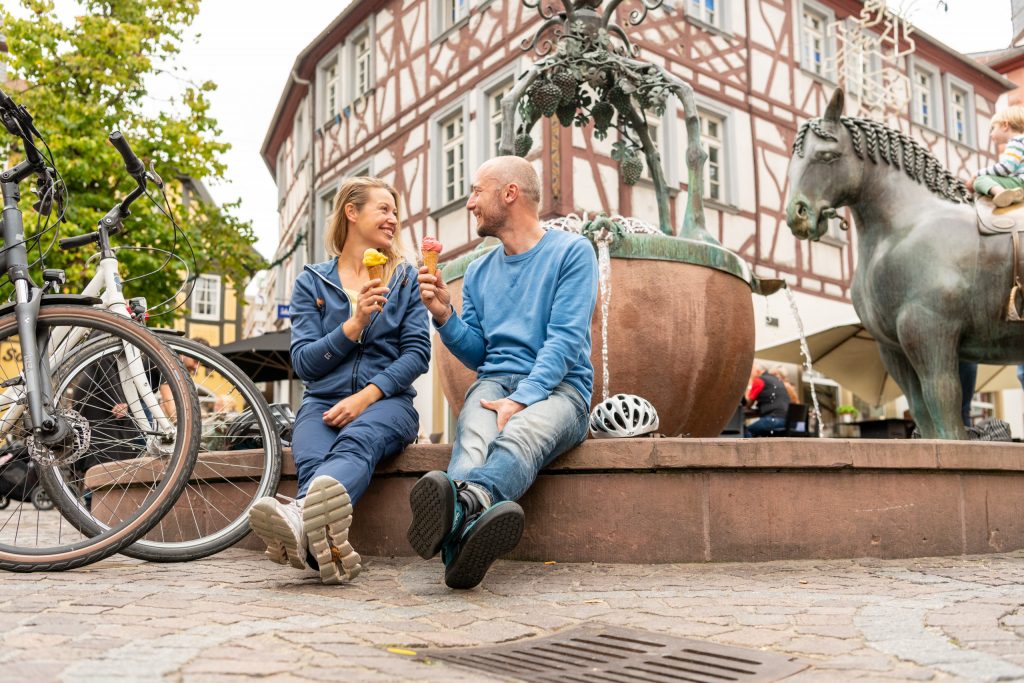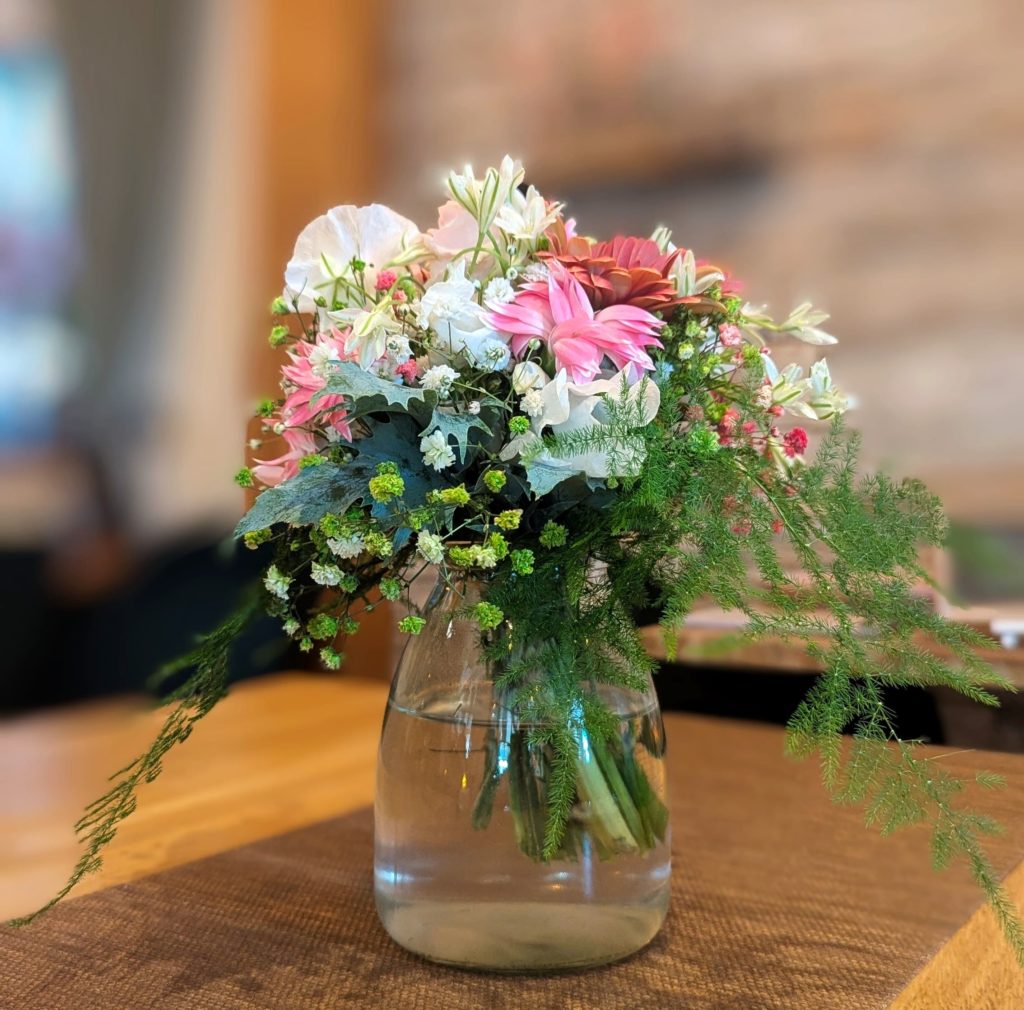History of the Straußwirtschaften
The birth of the Straußwirtschaften dates back to the reign of Charlemagne, who allowed winegrowers to serve their wine directly in the winery for a few weeks each year. The decree Capitulare de villis vel curtis imperii from 812 is still valid today.
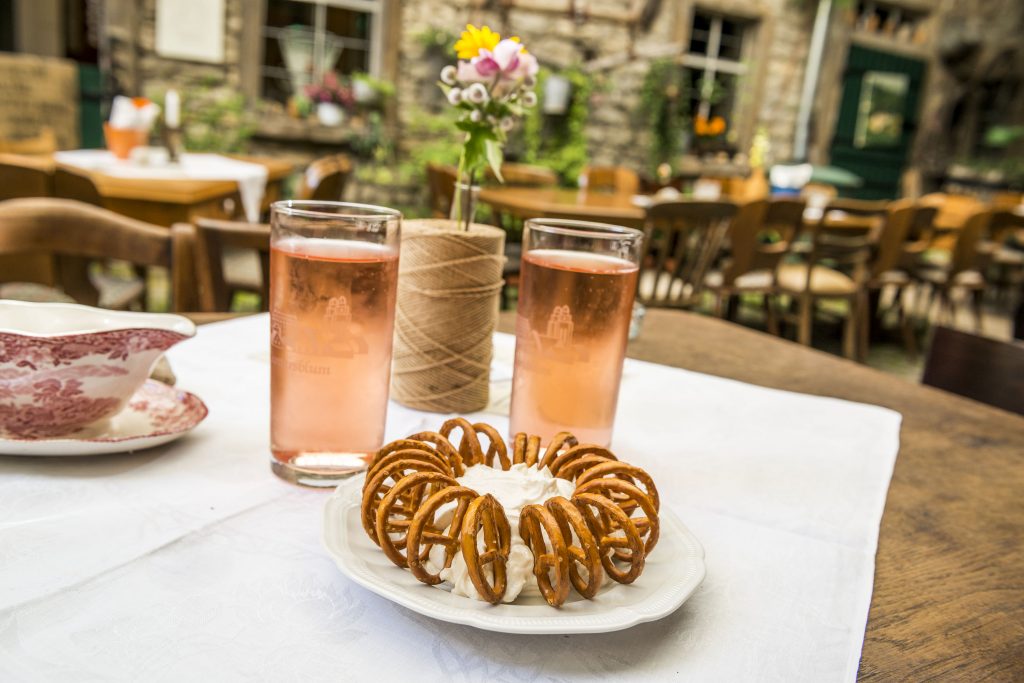
Simply good cuisine
There is always good food to go with wine in Rheinhessen. Sigrid Geil cooks at the Römerhof in Monzernheim. There are not only small dishes, but roast venison, beef roulade, cabbage rolls, pork knuckle and the legendary Backeskartoffeln. The food is served in the large barn and in the adjacent garden under the large willow tree, which is just as old as winemaker Ulrich Geil.
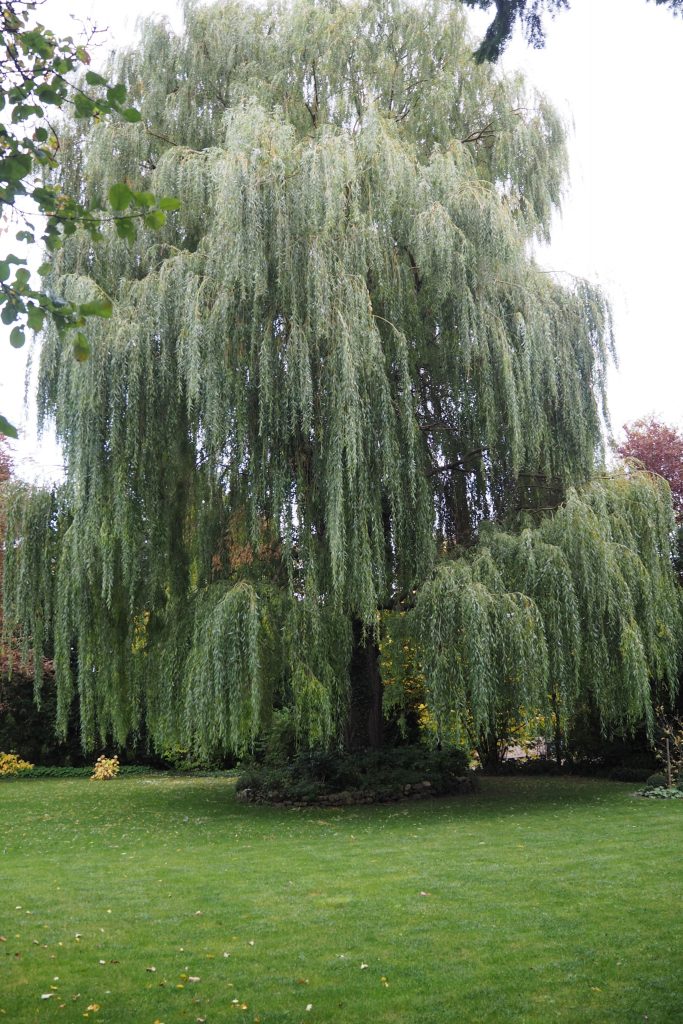
A guest at winegrowers
For centuries, the generations of the Geil family have worked at Römerhof. The consistent pursuit of quality in the vineyard and in the cellar for individual and honest wines by Ulrich and Sigrid Geil are the solid basis on which their sons Sebastian and Paul develop their creativity. Experimentation is on the agenda at Weingut Geil. A bit of craziness is part of it, such as the "Cuvée Fünfunddreißig," in which the two young winemakers combined all the grape varieties whose cultivation is permitted in Rheinhessen.
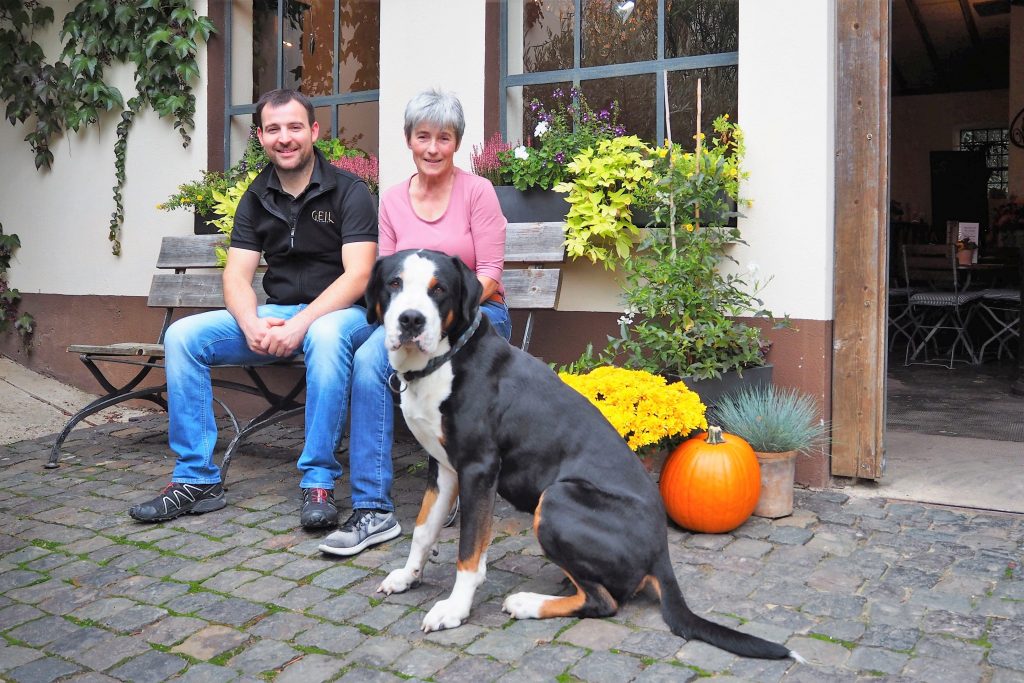
The Jansons in Vendersheim don't have a bouquet hanging on the door either, but two flames blaze at the entrance gate to the winery. Every Friday, the weekend is ushered in at the Straußwirtschaft. While junior Oliver is still on a covered wagon tour with the house guests and daughter-in-law Ursula, surrounded by her offspring Emma, Julius and Greta, welcomes the first guests, winemaker Wolfgang Janson is already pouring "vineyard happiness" into the glasses.
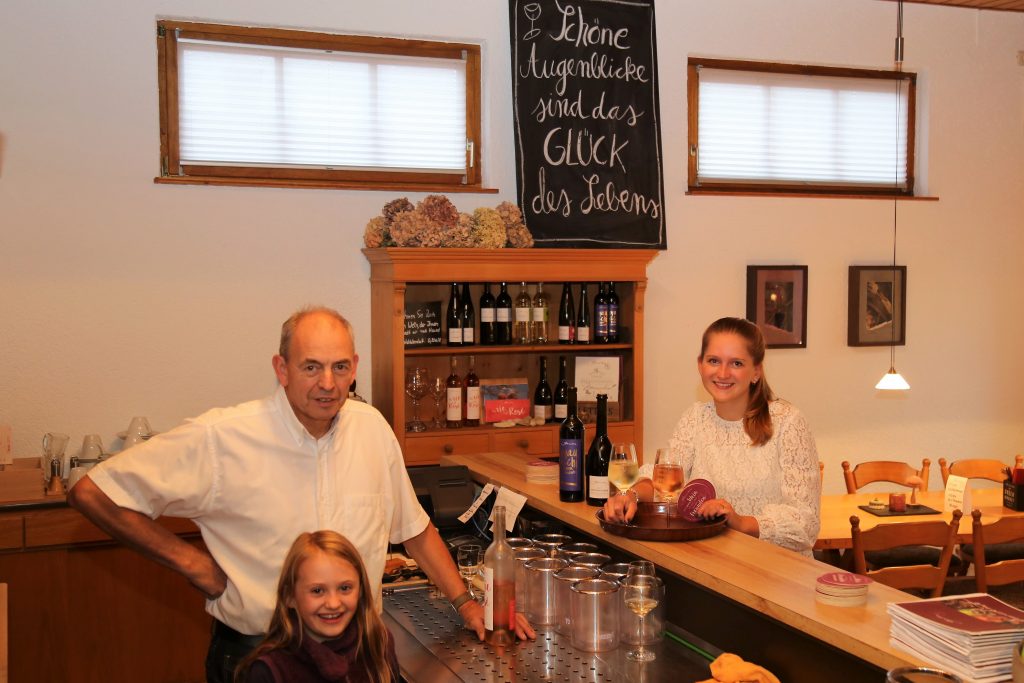
The cuvée with the VW Bulli on the label seduces with a sensual aroma and exotic note and caresses the palate soft and velvety like a love story. "The wine always reminds my wife Jutta and me of how we met during the grape harvest. Our parents' vineyards were right next to each other. And it all started in the van," says Wolfgang Janson. Meanwhile, Jutta has long since disappeared behind the kitchen door. There is no better place to enjoy wine than in a wine tavern - with cheerful stories in good company and "Spundekäs" cheese with pretzels.
Stopping at Rhine-Hessian cow chapels
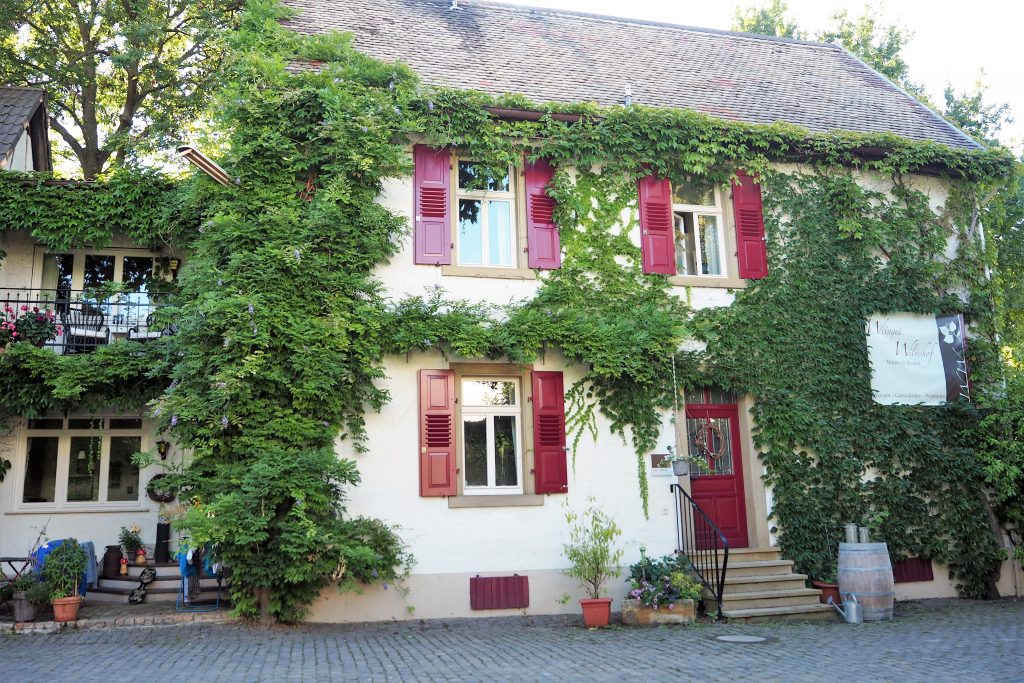
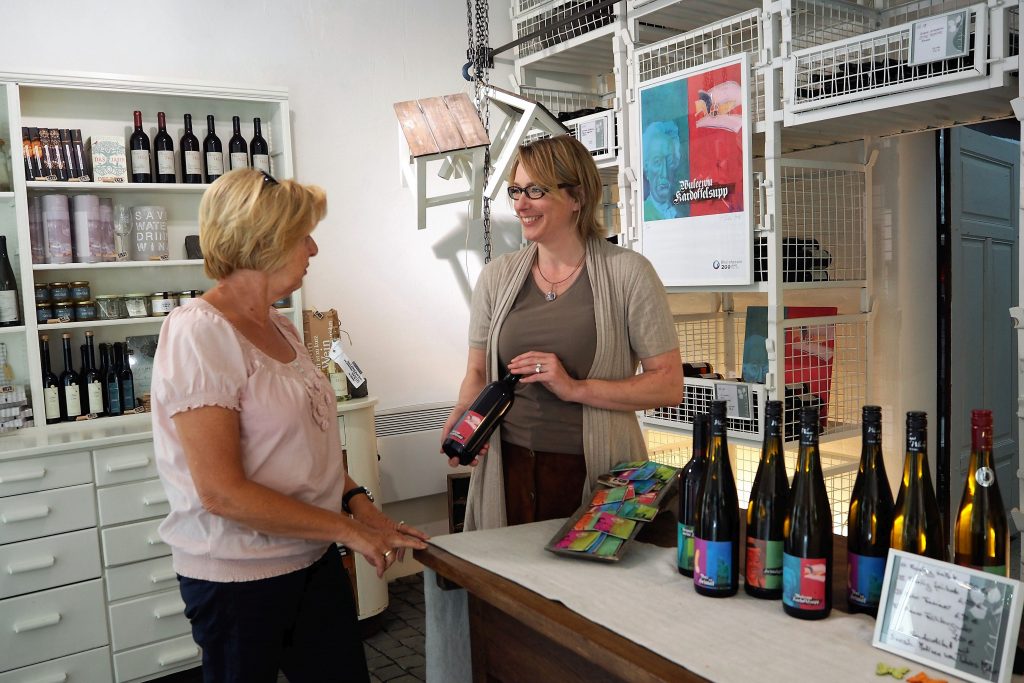
Viticulture and agriculture belong together in Rheinhessen and produced a special feature that only exists there: the cow chapels. Their name goes back to the master mason Franz Ostermayer, who, following the example of the cross vaults in monastery buildings, equipped many cow stables in Rheinhessen with these elaborate ceilings. This was a good protection against fire and much more hygienic than the earlier wooden ceilings. Some of the 200 or so preserved cow chapels are now Straußwirtschaften, restaurants or function rooms. In Selzen, the cow chapel at the Wilmshof winery is transformed into a cozy wine tavern every September. Katrin Mohr serves Wilmshof wine here and knows all the details about the history of the vaults.
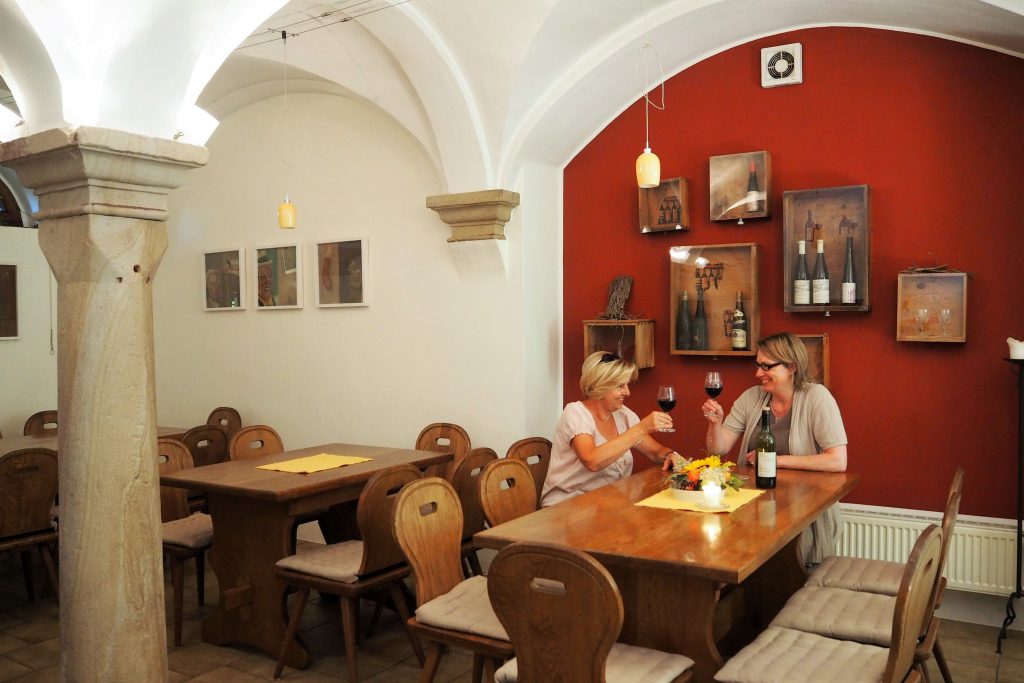
Where can you find the Straußwirtschaften?
Those who would like to get to know one or the other Straußwirtschaft themselves will find them on the Rhinehesse map in the extensive gastronomy list on www.rheinhessen.de.

